22 Oct Precision Engineering Defines Climate Technology Performance
In climate technology systems, precision is not an abstract ideal but a measurable determinant of performance. Every component, from battery enclosures and thermal exchangers to carbon capture frames and electrolysis assemblies, operates within strict mechanical tolerances. Efficiency is realized through the exactness of machined interfaces, consistent flatness across joining surfaces, and controlled dimensional stability under load and temperature variation. When precision is maintained, the intended flow of energy, heat, or captured gases proceeds with minimal loss, enabling systems to perform as designed across demanding operational cycles.
Even minute deviations – on the order of microns – can propagate through a structure, altering alignment, introducing stress concentrations, or disrupting seal integrity. This affects thermal transfer rates, current distribution, or gas diffusion patterns, directly influencing the system’s overall efficiency. For engineers, this underscores a foundational truth: in the pursuit of scalable clean technologies, the path to reliability and efficiency begins with the integrity of each manufactured surface and the precision of every fit.
Tolerance & Energy Efficiency
Tolerance control directly governs the conservation and transfer of energy across mechanical, thermal, and electrical domains. Micron-level dimensional accuracy ensures that interfaces function as designed – maintaining seal integrity, structural stability, and consistent load distribution. When tolerances drift, localized stresses, leak paths, and uneven thermal gradients emerge, leading to measurable energy loss and performance degradation.
- Battery Enclosures: Deviation in flatness or parallelism can compromise the contact pressure of thermal interface materials, causing nonuniform heat flux and cell temperature differentials that accelerate degradation or trigger thermal imbalance.
- Carbon Capture Frames: Frame misalignment alters the geometry of flow channels, increasing turbulence or dead zones that reduce adsorption uniformity and mass transfer efficiency across sorbent surfaces.
- Hydrogen Systems: Micro-scale discontinuities at joint interfaces create leak initiation points under cyclic pressure loads, where hydrogen diffusion through imperfect seals not only lowers efficiency but introduces embrittlement risks to adjacent metallic structures.
Every engineered surface and tolerance stack-up contributes to a system’s cumulative efficiency envelope. Maintaining precision through design, machining, and assembly ensures predictable energy flow, stable operation under dynamic conditions, and the long-term reliability demanded of next-generation clean technologies.
Engineering for Stability and Repeatability
Meeting the mechanical demands of modern climate technology requires a shift in engineering philosophy – one that treats geometric integrity as a functional variable rather than a post-process verification.
Parameters such as flatness, parallelism, and surface consistency now define system-level efficiency, influencing everything from energy transfer rates to structural longevity. Precision-ground surfaces minimize micro-gap formation and ensure uniform thermal and electrical contact.
Controlled weld distortion techniques preserve dimensional accuracy across assemblies exposed to thermal cycling and vibration. Modular alignment systems enable sub-micron repeatability during large-scale assembly, supporting process standardization as production transitions from prototype to full-scale deployment.
Cross-Industry Applications
Precision engineering principles are now fundamental across every sector, advancing decarbonization and energy transition technologies:
- Renewable Energy: Tight geometric tolerances improve bearing alignment and load distribution in turbines, while optimized surface finishes enhance fatigue life in rotating components and solar tracking systems.
- Energy Storage: Machined battery housings and enclosures maintain dielectric isolation, uniform clamping pressure, and dimensional stability under fluctuating temperatures and charge cycles.
- Carbon Capture and Utilization: Pressure vessel frames and contactor plates rely on precision machining to sustain sealing integrity and maintain consistent sorbent bed compression under thermal and mechanical stress.
- Hydrogen and Electrification: Zero-leak manifolds and power electronics enclosures require controlled surface roughness and dimensional accuracy to ensure long-term sealing, electrical isolation, and corrosion resistance.
Through these practices, precision evolves from a measure of craftsmanship to a quantifiable enabler of system efficiency, scalability, and resilience in the global transition to sustainable energy technologies.
Let’s Build the Right Solution – Together.
At KL Engineering, capability and flexibility unite to serve one purpose: your goals. We don’t believe in one-size-fits-all. Instead, we tailor every project to meet your unique needs, ensuring seamless alignment with your processes and priorities. Ready to move forward with a partner who adapts to you? Visit our website or contact us today to get started on your next project: www.kle-inc.com


